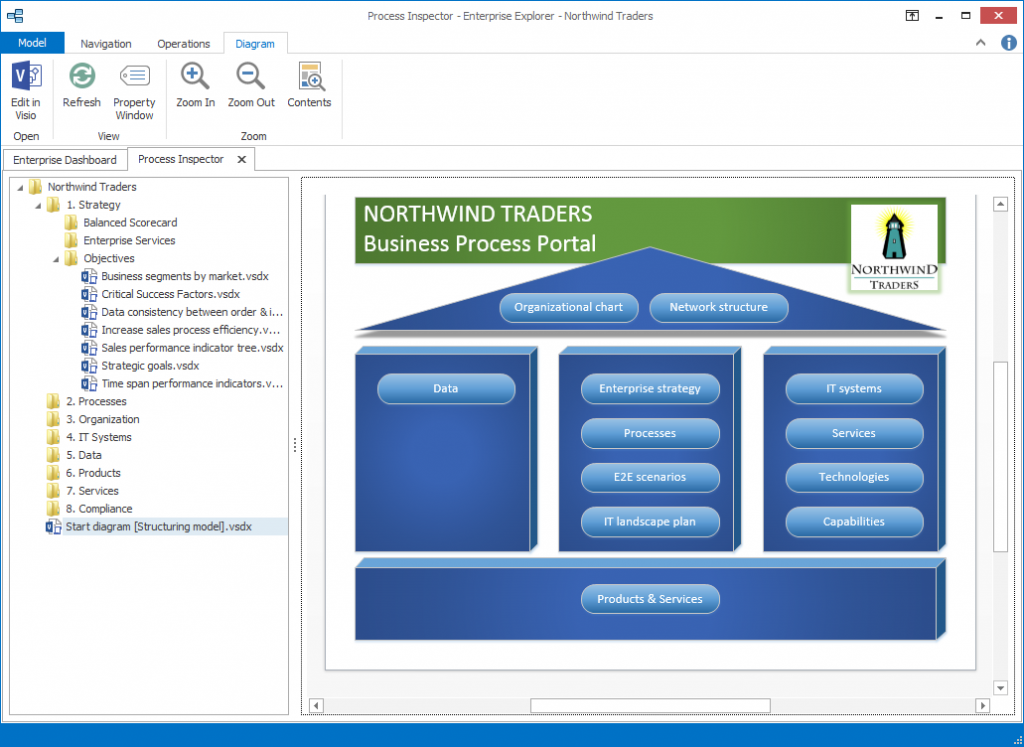Before any process is automated, there must be done careful process mapping. Although the idea looks trivial and self evident, it is often ignored in vast majority of automation initiatives. As a result, true mapping reveals itself already after implementation. Surprisingly, it often has nothing in common with original automation plan. This careless attitude to preliminary process study is one of the most common reasons for faults in process automation.
As a next step, it is useful to do an exploratory process mining to reveal true variability of the existing process. If process is volatile, it might be very laborious or even impossible to automate. It is wrong to think that mining is suitable only for processes, which are already automated. Simple mining can be done even for a purely manual process by just recording its steps by hand and comparing them with previously prepared process map.
Put together, these simple rules can ensure smooth implementation and good effect from automation.
CaseAgile announces a new release of Enterprise Composer™ add-on for Microsoft® Visio, which supports transparent exchange of BPMN diagrams designed in Visio with leading BPMN tools. CaseAgile will demonstrate capabilities of Enterprise Composer™ on upcoming "BPMN IN ACTION" event organized by The Object Management Group (OMG) in Seattle at December 10, 2018. Enterprise Composer™ offers a seamless and efficient way for every Visio® user into the world of professional business process management (BPM) systems and process automation. By using Enterprise Composer™, Microsoft® Visio can create executable processes fully compatible with BPMN™ 2.0 standard from OMG®, which is the global de-facto etalon for modeling business processes and can be used both by businesses and IT. Every BPM practitioner working with Microsoft® Visio now can import BPM models created in most popular BPM suites directly into Visio® and can export models cre...
Comments
Post a Comment